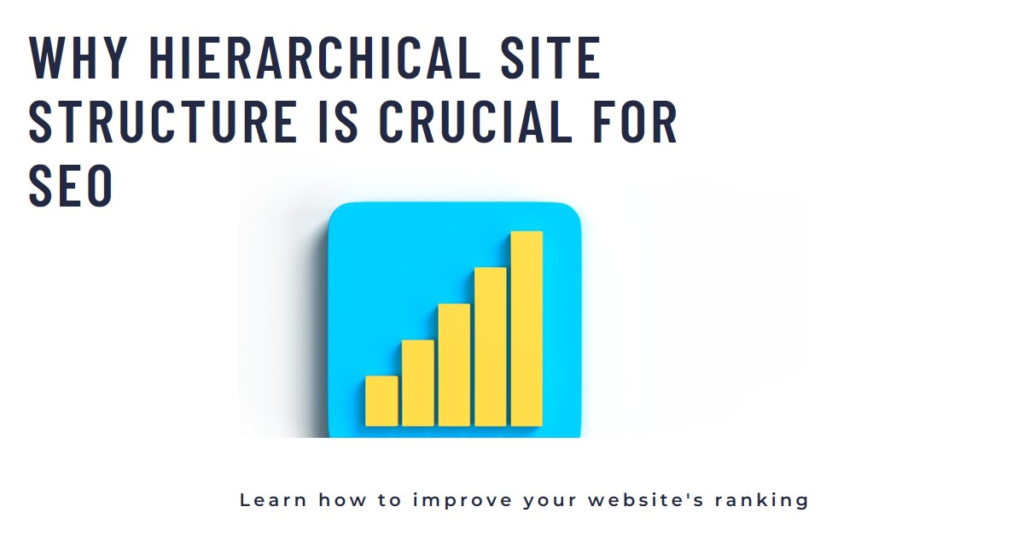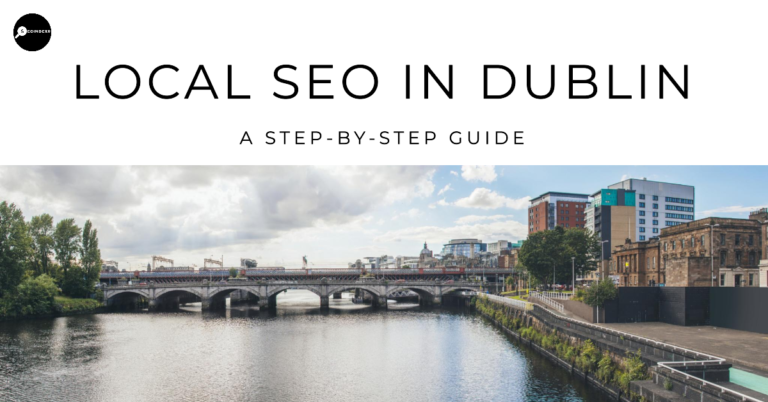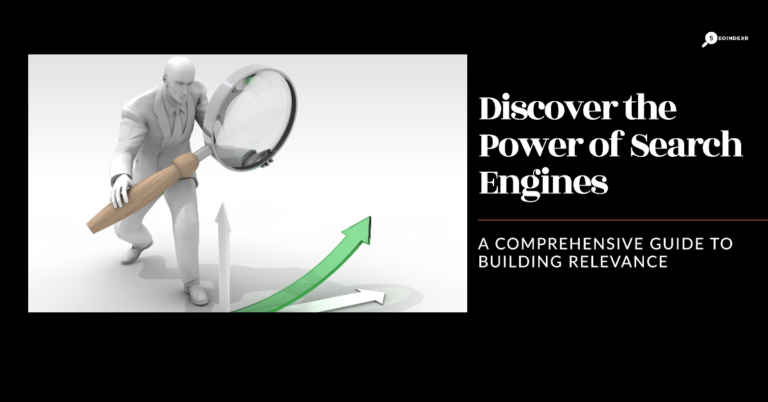In the vast landscape of the internet, where websites jostle for attention, mastering Search Engine Optimization (SEO) is non-negotiable. At the forefront of SEO strategies is Google, the omnipotent search engine that sets the rules. This article explores why Google recommends a hierarchical site structure for SEO and the key reasons behind this guidance.
Table of Contents
ToggleThe Significance of Site Structure:
Before delving into the why, let’s understand the concept of a hierarchical site structure. It’s the backbone of your website’s organization, determining how information is arranged and presented. Google advocates for a hierarchical structure, and here’s why.
Improved User Experience (UX):
Google’s affinity for hierarchical structures stems from their alignment with natural information-seeking behavior. Think of it as a virtual roadmap where visitors can navigate intuitively. The result? Longer visit durations and lower bounce rates, both of which send positive signals to search engines.
Enhanced Crawler Efficiency:
For Google’s crawlers, understanding the relationship between pages is paramount. A clear, hierarchical structure aids in efficient crawling and indexing of content. It also allows prioritization of essential sections, ensuring timely updates get more attention than archives.
Strategic Keyword Placement:
Categories and subcategories within a hierarchical structure provide an opportunity for strategic keyword placement. This alignment strengthens semantic relevance, helping search engines better understand the context. The outcome? Improved search rankings for relevant queries.
Robust Internal Linking Strategy:
Internal links act as the glue holding your website together. In a hierarchical structure, links within branches distribute link authority throughout the site, signaling the importance of pages and relationships between topics. The result? Enhanced overall SEO performance.
Content Organization for Growth:
A well-designed hierarchical structure is not just about the present; it’s about preparing for the future. It’s scalable, accommodating the addition of new pages and categories without compromising navigation. This future-proofs your website for growth and evolution.
Targeted SEO Efforts:
Categorization within a hierarchical structure enables focused optimization for specific topics. This fine-tuning increases relevance and rankings for relevant search terms, driving targeted traffic to specific pages.
Additional Considerations:
While hierarchical structures are universally beneficial, they shine particularly bright for large websites. Clarity and consistency in category names and URL structures are essential. Mobile compatibility is a must, and regular maintenance ensures the structure evolves with the website.
Embracing Hierarchical Site Structure:
In conclusion, embracing a hierarchical site structure is more than a suggestion; it’s a roadmap to enhanced user experience, improved search engine visibility, and overall SEO excellence. The benefits are clear, and the implementation is within reach. It’s time to reevaluate and optimize your website’s structure for a digital journey that Google—and your visitors—will appreciate.
Conclusion:
In a digital realm where every click matters, the importance of Google’s recommendation for a hierarchical site structure cannot be overstated. It’s a strategy rooted in enhancing user experience, aiding search engine crawlers, and strategically positioning your content. Embrace this structure, and watch your website soar in visibility and relevance.
FAQs:
What is hierarchical site structure?
Hierarchical site structure is an organizational framework for websites, arranging content in a tree-like format with categories and subcategories.
How does it benefit large websites?
For large websites, a hierarchical structure facilitates efficient organization and navigation, ensuring a seamless user experience.
Can it improve mobile compatibility?
Yes, a well-designed hierarchical structure can enhance mobile compatibility by offering clear navigation and easy access to content.
What role does internal linking play?
Internal linking in a hierarchical structure distributes link authority, indicating page importance and reinforcing relationships between topics.
How often should site structure be reviewed?
Regularly reviewing and updating the site structure is advisable, especially as the website evolves and grows.









